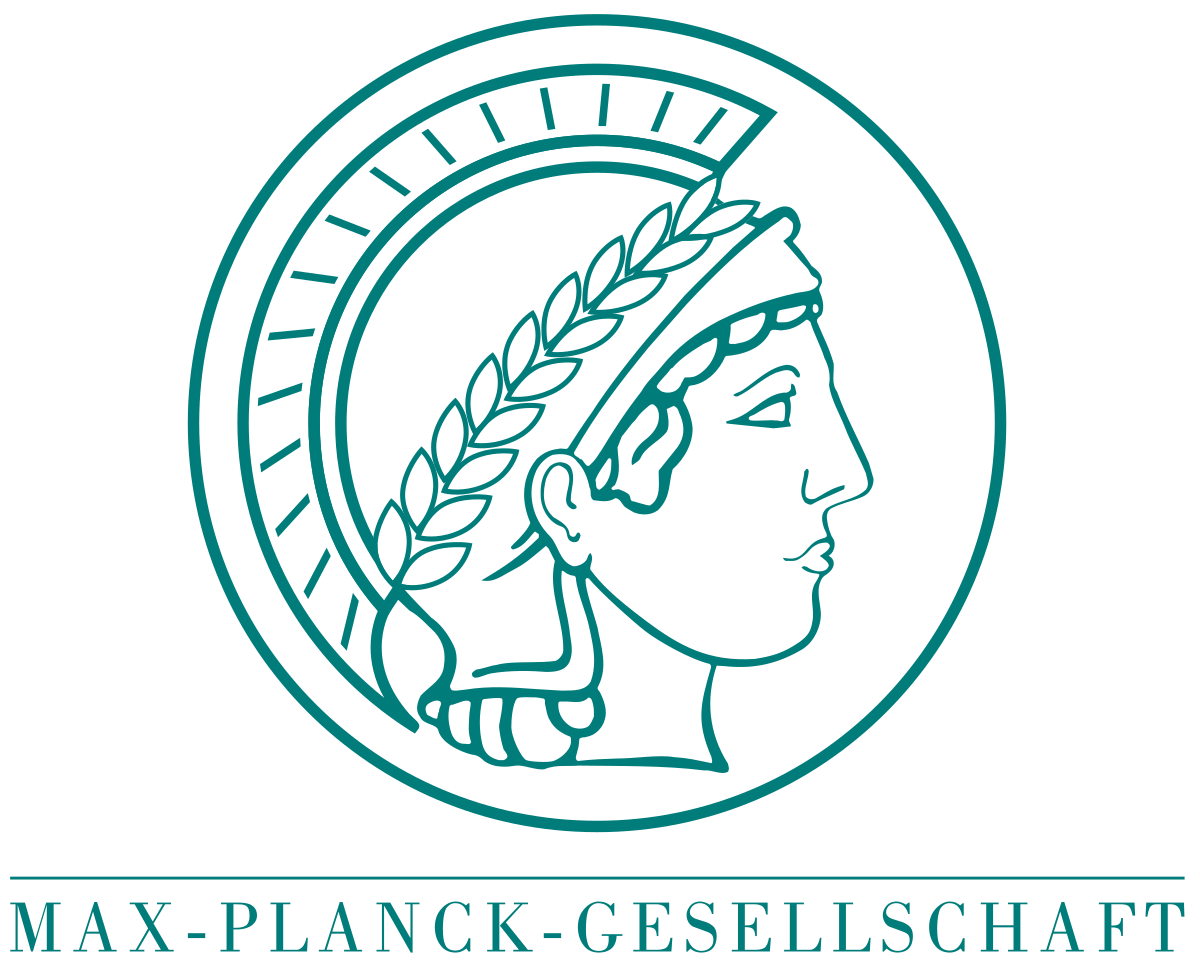Dr Mazhar Ali of the Ali Group at the Max Planck Institute discusses the role of AI and fundamental physics in the creation of innovative materials.
Marc Andreesen, one of the most successful ventures capitalists in history, famously wrote that “software is eating the world”. Artificial Intelligence (AI) and particularly machine learning (ML) are becoming ubiquitous in all aspects of life; with uses ranging from ride-sharing and delivery mapping to personal banking and genetic screening. In recent years, the use of AI and ML in scientific research and development (R&D) has also increased, with particular interest arising in physics and innovative materials.
What makes AI and ML applicable to physics R&D?
AI is not a magic bullet, it is most powerful when there is a very well-defined problem. For example, these techniques were recently applied to antennae design for optimising radio wave emission and absorption with specific size/weight restrictions. Since underlying physics is very well understood, AI+ML models were able to be outfitted with robust physical models (stemming from classical electrodynamics) that allowed accurate featurisation and clearly defined successes for supervised learning. It has been highly effective in finding novel antennae designs that no human research had found by hand1.
Similarly, academic and industrial efforts are being made to use AI+ML to aid in innovative and quantum materials research where there are also some well-defined problems with well understood physical models. At the APS (the American Physical Society) March Meeting in 2019, there were several dedicated sessions around AI/ML applied to material discovery and physical property prediction including finding new thermoelectrics (for thermal energy conversion), fast ion conductors (for batteries), superconductors (for lossless energy transmission), novel compound prediction and more.
With thermoelectrics, for example, it is known that there are three key parameters which, must be simultaneously optimised to maximise the thermoelectric figure of merit (how efficiently heat energy is converted to electrical energy and vice versa). One desires a large Seebeck coefficient (S), low thermal conductivity (k), and average electrical conductivity (σ). Because these three parameters are often measured as part of the standard suite of experiments characterising materials, there is a plethora of experimental data available in literature. Together the robust physical understanding combined with the availability of experimental data makes using AI+ML to discover new/better thermoelectric materials possible and this avenue of development has been carried out both in academia (like at Los Alamos National Laboratory) and industry (like Citrine Informatics) with recent success2.
However, there are a variety of electronic material properties, particularly those relating to computing technologies, to which AI+ML have not been able to be applied to yet. There are two major reasons for this: First many of these properties have not had fundamental physical models fully developed so prediction power was lacking. Second, and most importantly, due to complexity and cost of measurement as well as proprietary experimental results from industrial companies, there is a paucity of experimental data for ML models to train on. Generally, it is accepted that the more data there is for the ML to train on, the better, with the goal being thousands if not tens of thousands of data points. For some categories of materials, like those hosting a large spin Hall effect (SHE) which is important for spintronics (a next-generation computing technology) applications, there are only a handful of data points.
Is there a way to try and use AI+ML without an abundance of experimental data?
The answer is yes but it isn’t simple; deep understanding and creation of predictive fundamental physical models has to be combined with tailored AI tools. Pioneered by Mazhar Ali’s group at the Max Plank Institute of Microstructure Physics in Halle and being implemented by Material Mind Inc., this new way of approaching materials property prediction is allowing ML to be used in research avenues it has never been used before.
Beginning with the SHE, Ali’s group searched for a simple yet powerful predictive methodology to find alternatives to Platinum, the current leading spin Hall material. In their paper, “Giant intrinsic spin Hall effect in W3Ta and other A15 superconductors” published in the journal Science Advances in 2019, lead author Elena Derunova studied the intrinsic SHE, where a material converts an electrical current into an orthogonal spin current. This spin current can be used, in layered nano-devices, to switch magnets and thereby read and write information. Unfortunately, only a handful of materials are known to have large intrinsic SHEs, and cheap, easy to fabricate, earth-abundant, non-critical material replacements for Platinum are highly desired. The state-of-the-art in searching for SHE alternatives has been hampered by a lack of a rational design strategy and complex experiments that prohibit large scale screening. In Derunova’s work, the authors explain that particular patterns in a material’s electronic band structure known as “gapped anticrossings” were the main players driving a material’s effectiveness at converting charge to spin through a fundamental physical mechanism known as Berry curvature enhancement. These “anticrossing” features (which are present when spin orbit coupling is not considered, but missing when included) are sources of the Berry curvature enhancement. Derunova et al., used Density Functional Theory (DFT) to calculate the theoretical band structure spectras for a small test set of compounds and analysed them by hand, looking for the particular signature patterns and quantifying them. The authors explained that the procedure they outlined could be automated with pattern recognition AI and carried out on a massive scale of tens of thousands of band structures to find many new SHE materials.
Material Mind Inc. (MM), a start-up from Silicon Valley, ran with this idea and both implemented and expanded it. They are the first company to combine the ideas of using AI tools to mine DFT patterns for signature features and recognise patterns outlined by physical models, to construct datasets of innovative materials with predicted physical properties, enabling ML training and discovery. Material Mind took their database of ~90,000 band structures, pertaining to ~50,000 materials, and created AI tools to automate detection of “gapped anticrossings” and quantify the SHE for each material. They then used this list of predicted SHE materials to train ML algorithms to discover completely new SHE candidates. This success sets the stage, for the first time, for AI+ML to be used to discover materials for electronic (and in the future, magnetic and other) applications where experimental data is sparse. MM in particular is leading the charge with its prediction engine for spintronics and expects to expand in several more verticals in the near future. This approach of targeted materials and material’s property discovery may disrupt the current state of innovative and quantum materials research and revolutionise the field, dramatically increasing the rate at which technology enabling materials advancements are made.
References:
- Y. Kim, “Application of Machine Learning to Antenna Design and Radar Signal Processing: A Review.” 2018 International Symposium on Antennas and Propagation (ISAP), Busan, Korea (South), 2018, pp. 1-2.
- Iwasaki, Y., Takeuchi, I., Stanev, V. et al. “Machine-learning guided discovery of a new thermoelectric material.” Sci Rep 9, 2751 (2019).
Learn more about the Ali group at the Max Planck Institute here.









